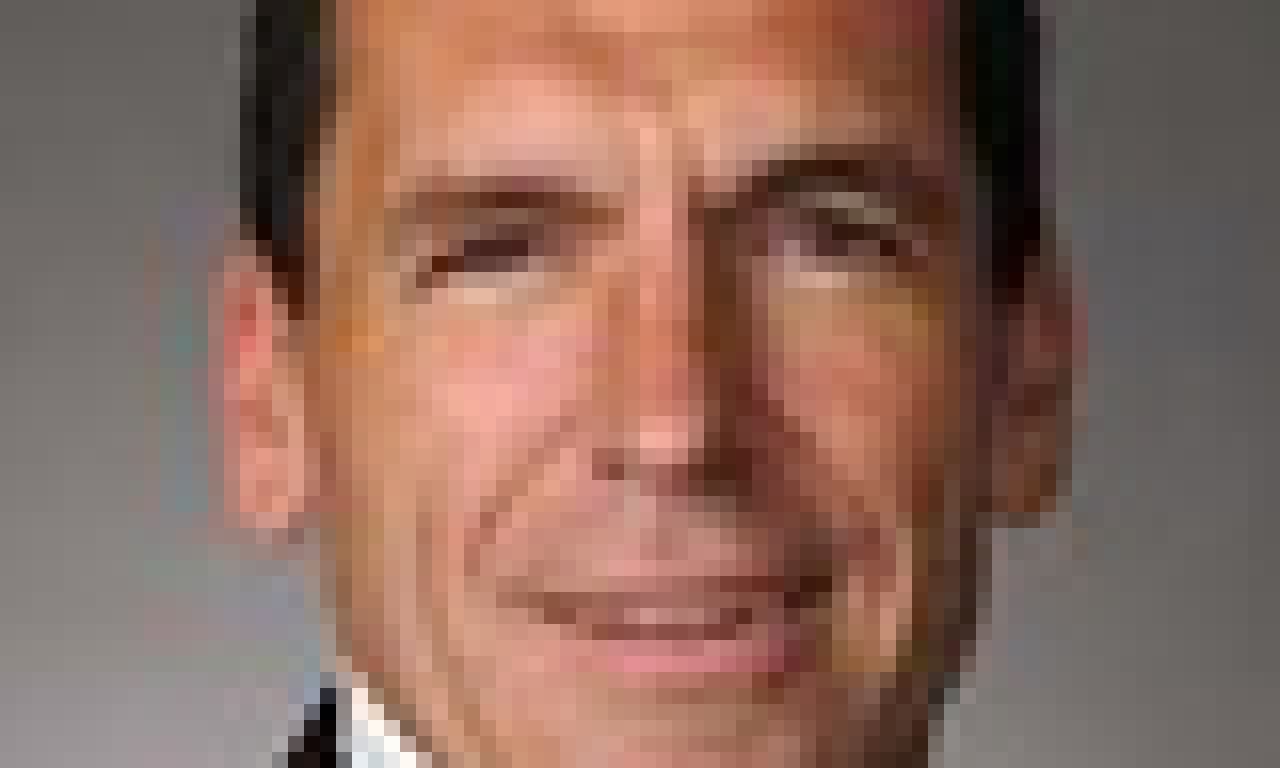(Pictured: Peter Cherecwich)
Fund managers generally don’t like making major investments in technology and rebuilding their platforms. For most, this is not where they see their value-add for clients. More and more will be outsourcing middle-office functions in Australia, according to Peter Cherecwich.
The Asia Pacific region has lagged Europe and the US in middle-office outsourcing, he says. “But in my view, it will all be outsourced in time because managers’ margins will probably continue to be squeezed.”
Cherecwich is the Chicago-based head of global fund services for Northern Trust, who was on a regular visit to Melbourne last week, following a trip to Hong Kong. He has two areas of responsibility: business line management for asset management and chief operating officer for corporate institutional services.
Middle-office outsourcing – involving risk, compliance and similar functions – represents a potential new wave of business for securities services firms in this market. To date, the only big Australian manager to have outsourced middle-office functions as separate from its custody arrangements is QIC, which uses Northern Trust for middle-office and NAB Asset Servicing, in conjunction with BNY Mellon, for master custody.
It could be, as some custodians have predicted, that larger managers and super funds will in future appoint different service providers for different functions along the investment administration chain.
Cherecwich says that about 80 per cent of Northern Trust clients for middle-office outsourcing have been in the midst of re-doing their front-office platforms when they made their decision. “They start to ask themselves whether they have the time, patience and capital to also upgrade their middle-offices.”
The middle-office outsourcing trend overseas, where Cherecwich believes Europe is possibly more advanced than the US, only got underway about 2000-2001, after the Y2K scare.
For the securities servicing provider, the margins with middle-office are similar to those for back-office services such as custody and fund accounting. That is, they are thin and benefit enormously from scale.
An area of common ground for custodians and middle-office providers, perhaps to be fought over, is foreign exchange. “FX is now completely in play,” Cherecwich says. “We have a number of middle-office clients looking to get us to do [FX} rather than their custodians… If an asset manager is dealing with 60 different custodians daily, why not get their middle-office provider to do the FX? They have the netting capabilities, they see the trades first and can ensure best execution.”
Some big funds overseas have taken a hard look at their FX costs in recent years, resulting in some high-profile court cases against custodians. This focus has resulted in spreads coming in, as they did, too, in the equities market.
Putting his COO cap on, Cherecwich says that the industry struggles with how to define ‘best execution’ with respect to FX. Something may be tradable at a certain time but this may not necessarily offer the best liquidity.
“There can be a conflict with the benchmark [used for best execution] and a skilled trader can help. Best execution is just a report. You have to go behind it.”

